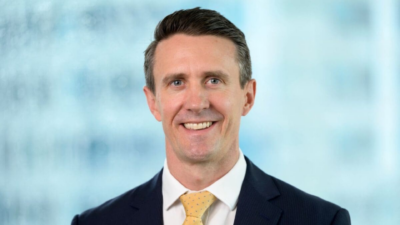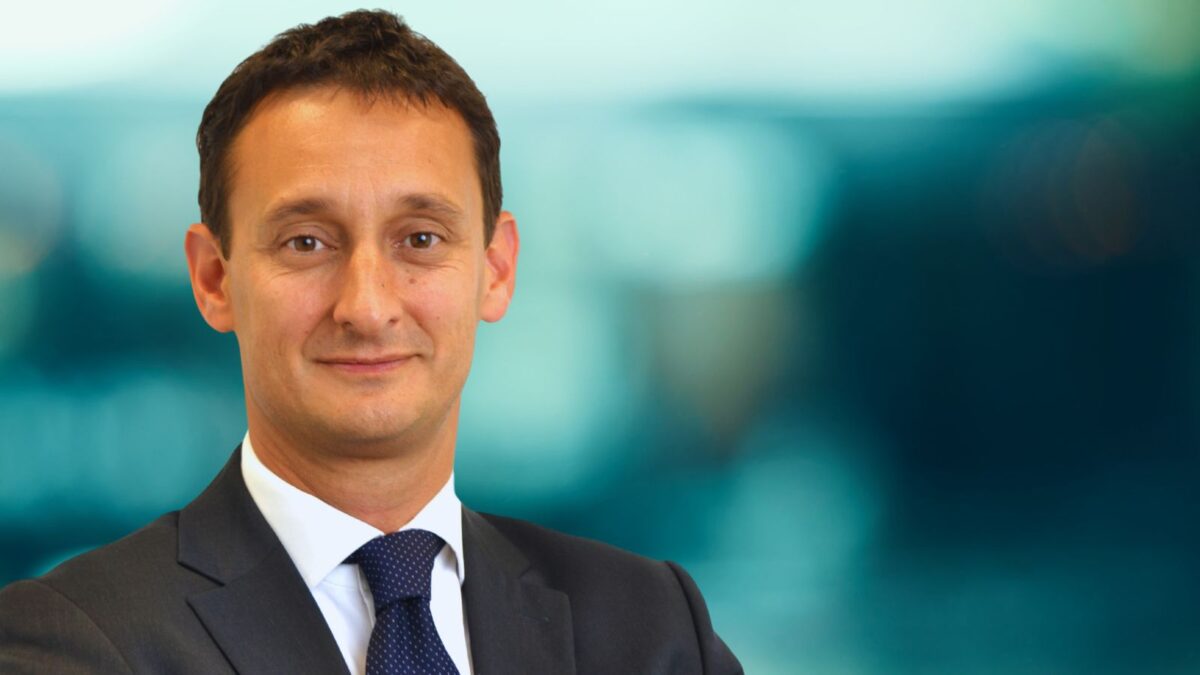Why BNP’s Australian ambitions go beyond growth for the sake of growth
While few custody banks operating in Australia are fond of the limelight, BNP Paribas can be particularly secretive, preferring not to comment on deals even when they’re done. Despite that, it’s known that its security services division, headed locally by Daniel Cheever, has done extremely well from NAB Asset Servicing’s decision to exit the market.
They’ve picked up the amalgamated Insignia Financial in a chunky deal that should propel them up the Australian Custodial Services Association league tables, plus a handful of others. But that flurry of activity follows a long period where BNP Paribas was seen by some commentators to not be taking the Australian opportunity by the horns.
“One year ago when I came to Australia, people would ask me if BNP were truly committed to the custody business here because we had not won that many clients in the last five years,” Franck Dubois, APAC head of BNP Paribas Securities Services, tells ISN.
“And I needed to explain to these people – journalists, consultants, sometimes prospects and clients– that actually we were very committed, and the reason it wasn’t so visible that we were winning clients was because we were very focussed on helping existing clients to function.”
Dubois points to AMP, one of its largest local clients, which has gone through a “major transformation” over the last five years as it sold off its real assets, global equities and fixed income, and insurance businesses. Instead of having “one client and one model” – a client and model they’d been supporting for years – it had to shepherd its disparate portfolios to new clients, which had their own way of doing things. AMP also put its own new systems, including BlackRock’s Aladdin, a process that BNP “wanted to support”.
“And we did; AMP is very different today, and some pieces of its business are with other financial institutions – though they did stay with us,” Dubois says. “This was a massive project, probably one of the bigger assets under custody transitions that happened on the market in the last few years. But it’s true that from the outside this part of the job was not that visible.”
But while BNP Paribas has recently been making headlines in this publication, it doesn’t intend for that hot streak to continue, and will take the same approach to a bevy of new clients as it did with AMP.
“We don’t want to be the number one, announcing new deals every week and growing for the sake of growing; we want to support our clients and deliver good service to our clients, we want to help our clients to transform, put in place their new system or model – this is the number one priority,” Dubois says.
“When we’re ready and we think we can do it, we’ll be very happy to do some deals. That’s what we’ve done in the last year, and been very successful… In the discussions we had on this we were very vigilant about not taking too much because we know that once you win the deal you need to onboard and transition the assets. That requires a lot of work, and we need the capacity for it.”
Private markets ‘key for clients’
Australia’s very sophisticated institutional investor market is ”absolutely critical, and already at the core” of BNP’s APAC strategy – and the bank, like other players with a local foothold, is keen to be a partner of choice to super funds and other big investors as they offshore more and more of their investments.
“This trend of international cross-border investment is accelerating,” Dubois says. “We see more and more Australian institutional clients investing outside of Australia in public or private markets, and we’re very keen to help that.”
BNP believes that a significant chunk of its fortunes will lie in private markets, where it has invested heavily and where it reckons it has something of a first mover advantage. That heavier investment began around six or seven years ago as big institutional investors looked for yield in a low rate environment
“We use eFront, a BlackRock solution, to service the private assets of our clients, and are one of the biggest players worldwide in that field. That’s key for our clients, because we’re seeing an acceleration in private market investments and many clients want to have the same custodian servicing both their public and private assets.”











